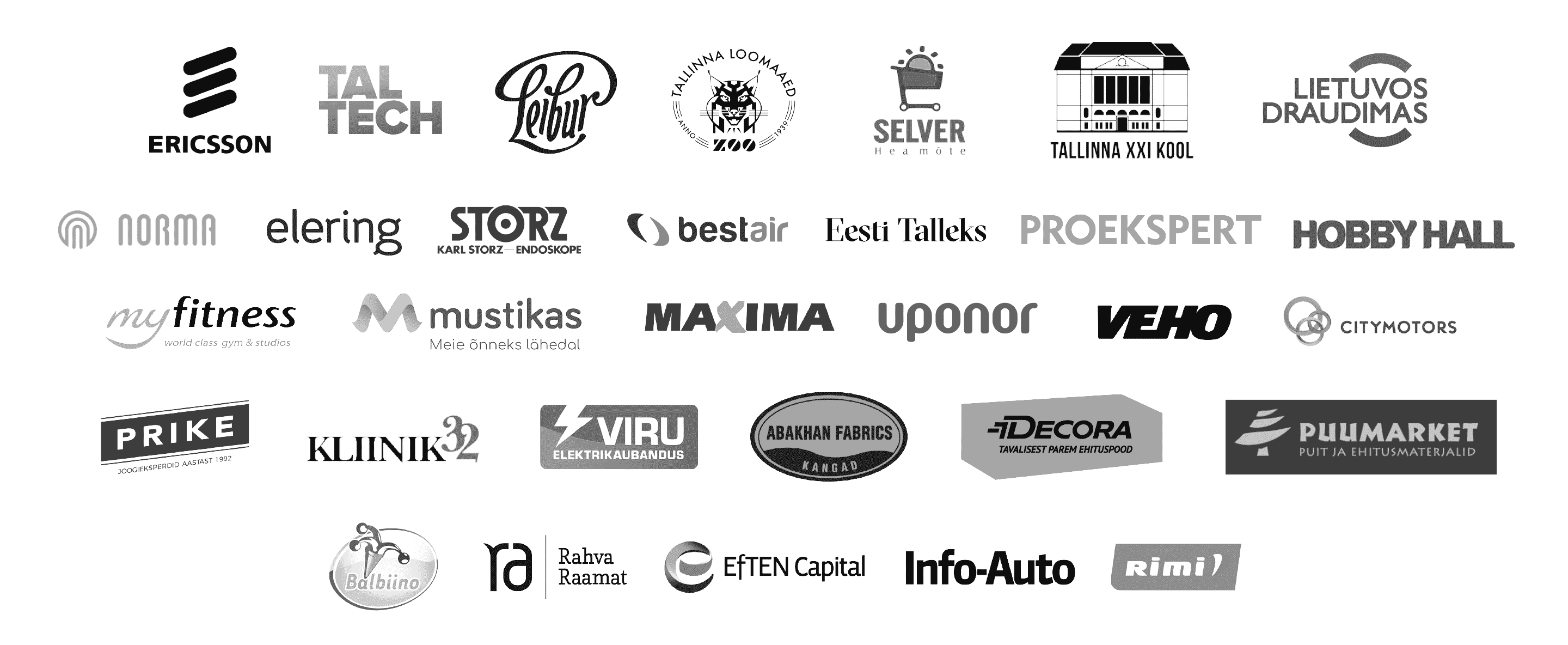Cleaning company of leading companies in Harju County - SPS Group
How do large companies choose a cleaning company?
Unique data analysis shows that companies in Harju County waste on average 24% of their cleaning costs on inefficient services. How can you save more than €2,300 a year without giving up on cleanliness?
SPS Group is the leading cleaning company in Tallinn and Harju County, specialising in commercial cleaning. Our extensive experience allows us to offer an effective and tailored solution for your business needs.
How do you choose a cleaning company that understands the specific needs of your business and ensures quality without constant supervision?
What are the hidden costs of unprofessional cleaning services and how can they be avoided?
How do you assess the real value of cleaning, both in terms of direct costs and the impact on the work of your staff and the opinion of your customers?
The right cleaning company is an investment, not a cost
Ragnar, the manager of a large company in Harju County, calculated that a professional cleaning company saved over 200 hours of property manager time per year and reduced the company’s sick days by 30%.
“Almost every week there was a problem with the cleaning,” says Ragnar with a grin.. “On one occasion the meeting room was a mess just before an important client meeting, on another the staff complained about a bad smell or dust. In each case, concerns had to be addressed that shouldn’t really have been our job in the first place.”


The anatomy of your company's cleaning costs
Visible vs invisible costs
The real cost of a cleaning service is not just the bill.
Invisible costs include:
- Lead time: The average company spends between 5-15 hours per week managing a cleaning service.
- A drop in worker productivity: Poor indoor climate can reduce productivity by up to 15%.
- Shorter equipment life: inadequate maintenance shortens the life of office equipment by up to 30%.
Hidden areas of waste
- Non-optimised cleaning schedules, with the same cleaning intensity every day.
- Non-specialised service providers who do not understand the specificities of the sector.
- Incorrect cleaning products near electronic equipment
- Over- or under-cleaning in different working areas
What does SPS Group offer as a cleaning company?
Daily cleaning solution
- Office tidying up
- Maintenance of commercial premises
- Cleaning of production premises
- Maintaining the premises
Commercial cleaning services
- Deep cleaning and floor maintenance
- Carpet cleaning
- Post-construction cleaning
- Construction waste removal
- Smoke and fire suppression
Solutions for outdoor furniture
- Cleaning windows and facades
- Graffiti removal
- Cleaning and maintenance of paving tiles
- Winter snow removal
Business specificity is important
IT companies need a different approach than ordinary offices. Server rooms and sensitive equipment require special treatment.
Cleaning can be seasonal: In winter, floors need more frequent maintenance due to snow and de-icing residues, while in summer, the cleanliness of air conditioning systems is more important.
During working hours vs. non-working hours: cleaning should be carried out with minimum disruption to employees, but the cleaning company should be prepared to respond to emergencies.
Security is a priority: cleaning company staff must be reliable and have undergone thorough background checks.
What the clients of SPS Grupp think
With the team of cleaning company SPS Group, the cleaning of your company is in safe hands.
Order a free cleaning audit, which will:
We analyse your current cleaning costs and needs.
We map specific cleaning requirements for commercial premises
We offer a personalised cleaning plan
We give concrete recommendations to optimise costs
Ask for a special offer
SPS Group is a cleaning company of successful companies in Tallinn and Harju County.
Call now: 662 3328 or fill in the contact form.
Get a personalised quote within 24 hours. You concentrate on the core business – we’ll make sure your business premises always look presentable!
SPS Group – Tallinn cleaning company that saves you time and money!

Frequently Asked Questions (FAQ)
How often should business premises be cleaned?
For most businesses, we recommend cleaning 3-5 times a week. The exact frequency will depend on the specific nature of your business, the number of employees and the number of visitors.
How can confidentiality and security be guaranteed?
The SPS Group applies a strict personnel policy: all employees undergo background checks, sign confidentiality agreements and receive training on handling sensitive material.
Does the SPS Group use environmentally friendly cleaning products?
Yes, we use modern, eco-labelled certified tools that are safe for people and electronic equipment.
How do you handle IT equipment and sensitive technology?
Our cleaning company’s staff are specially trained for the IT environment, using anti-static cleaning products and special methods that won’t damage sensitive technology.
Can cleaning be carried out outside working hours?
Yes, most of our cleaning services are carried out in the early morning, evenings or weekends, depending on your company’s needs and working hours.
What is the cost of cleaning?
The price will depend on the size of the premises, the frequency of cleaning, the need for special work and other specific requirements. We will always provide a transparent quotation where all components are clearly indicated.
Come work for us
If you’re looking for a full-time job or a way to earn extra money, you’ll find a job at SPS Group.
All our cleaners undergo training. Opportunities to progress within the company.
Part-time work has a flexible schedule, and therefore fits in with other activities.